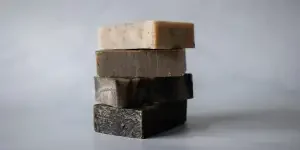Table of Contents
Introduction
What are the main signs of a clogged drain?
How to prevent drains from clogging
Global market value of drain cleaning equipment
The best drain clog remover tools
Drain snakes
Plungers
Drain cleaners
Final thoughts
Introduction
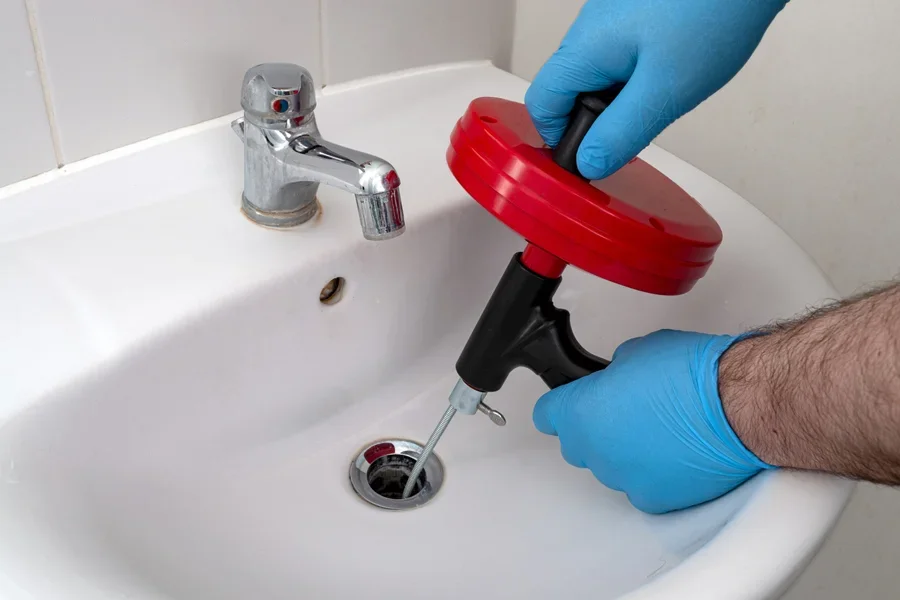
One of the most frustrating household problems is clogged drains. This can manifest as a sink that’s slow to drain, a clogged shower drain, or a kitchen sink that gurgles. Using the right drain clog remover tools can significantly impact the time it takes to restore regular water flow. Continue reading to discover which tools are the most popular among buyers.
What are the main signs of a clogged drain?
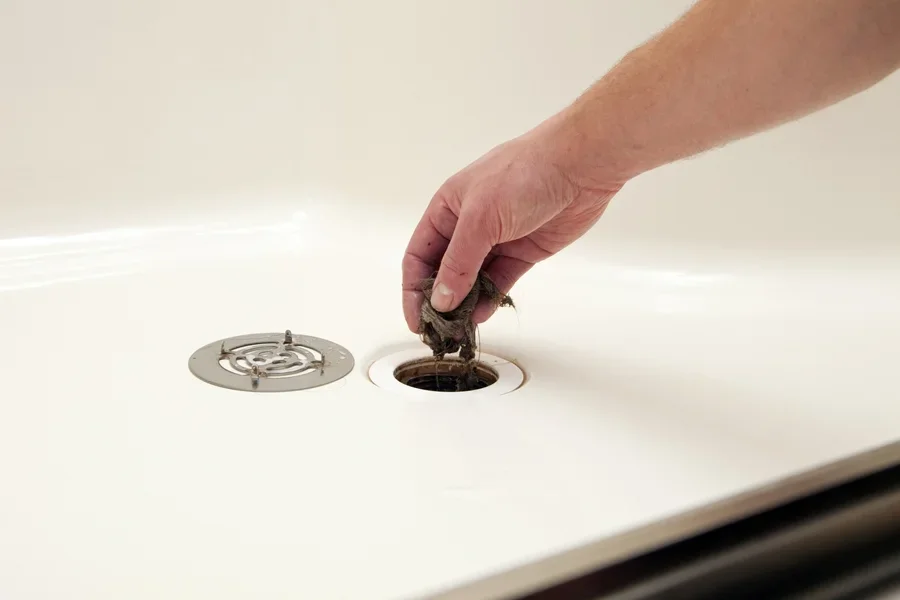
A clogged drain can be a big problem, so it’s essential to know the signs of one and act quickly to prevent bigger problems down the road:
- Gurgling sounds: This is caused by air trapped in the plumbing due to the clog, and it usually produces a gurgling or bubbling sound as the water attempts to drain
- Bad smells: This is often due to a buildup of organic materials or grease in the pipes, resulting in unpleasant odors coming from the drain
- Slow drainage: One of the first signs of a drain clog is slow drainage, where water takes longer to drain from fixtures such as sinks and bathtubs
- Water backup: If water backs up into another fixture, then it’s a sign of a much bigger drainage problem. For example, water comes up through the sink when the toilet is flushed.
- Standing water: This indicates a significant blockage in the drain, characterized by water accumulating in the fixture without draining
How to prevent drains from clogging
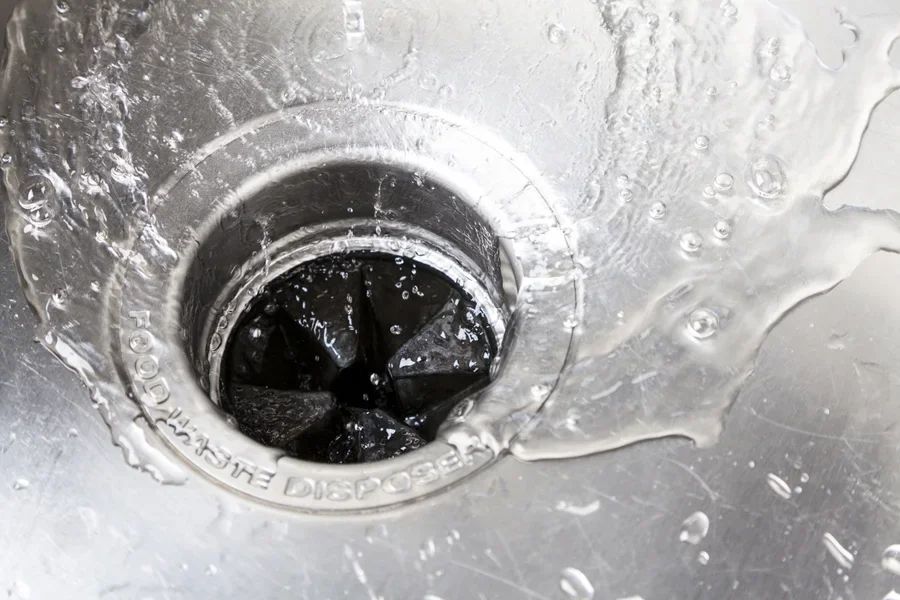
It’s much easier and cheaper to prevent a clogged drain than it is to fix a blockage. There are several ways to be proactive and ensure a drain continuously clears:
- Be mindful: Just because it’s a liquid doesn’t mean it should go down the drain. Avoid pouring things like grease or oil into the drain, as they can stick to the pipes and trap debris. Starchy foods, such as flushing wipes and cotton balls, should also be disposed of in the garbage rather than the drain.
- Use drain strainers: These help catch food particles and hair before they reach the drain. Strainers need to be emptied regularly, though.
- Flush with hot water: Pouring hot water down the drain regularly can help any soap residue or grease that has accumulated
- Baking soda and vinegar: It’s a natural cleaner that works to break down organic material and eliminates odors. This combination should be used at least once a month, especially if the drain clogs often.
- Clean the drain stoppers: Debris, soap, and hair can all build up quickly, so it’s key that the drain stoppers are cleared out regularly to prevent future clogs
Global market value of drain cleaning equipment

Urbanization and a growing awareness of household maintenance have led to increased demand for effective drain cleaning solutions in recent years. There is now a wide range of products available on the market to homeowners. In fact, it’s expected that the market will grow to USD 3.66 billion by 2032.
Advanced technological advancements in drain cleaning tools are helping to drive sales as they make unclogging drains more efficient. But which options are actually effective for common household clogs? Take a closer look at the most popular drain clog remover tools and what sets them apart from other products below.
The best drain clog remover tools
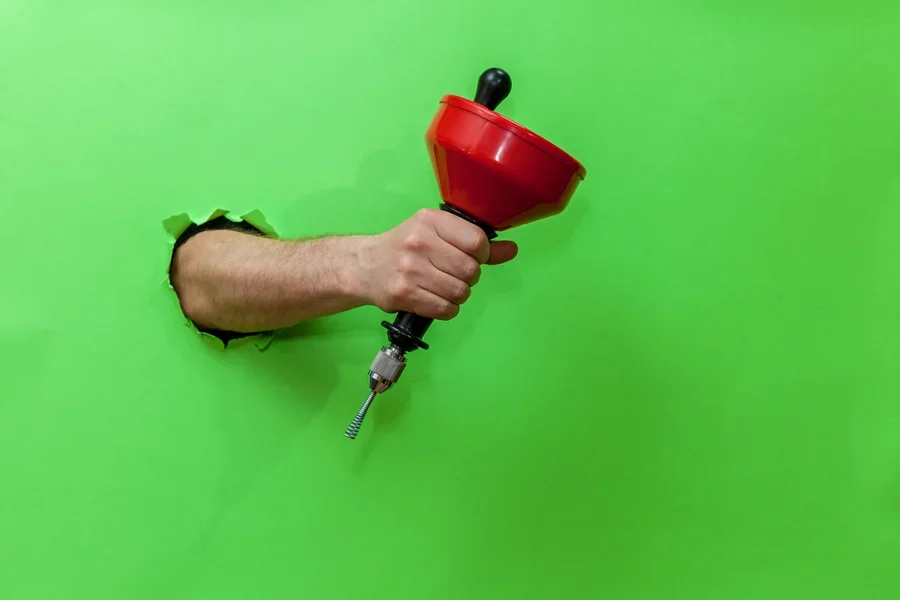
According to Google Ads, the search term “drain clog remover” received an average monthly search volume of 14,800 in 2024. The highest number of searches occurred in October, when 22,200 searches were made, followed by August and November, which each saw 18,100 online searches.
There are several types of drain clog remover tools that are popular among consumers today, but each one has its own downsides that should be taken into consideration. Keep reading to find out more about these valuable tools.
Drain snakes
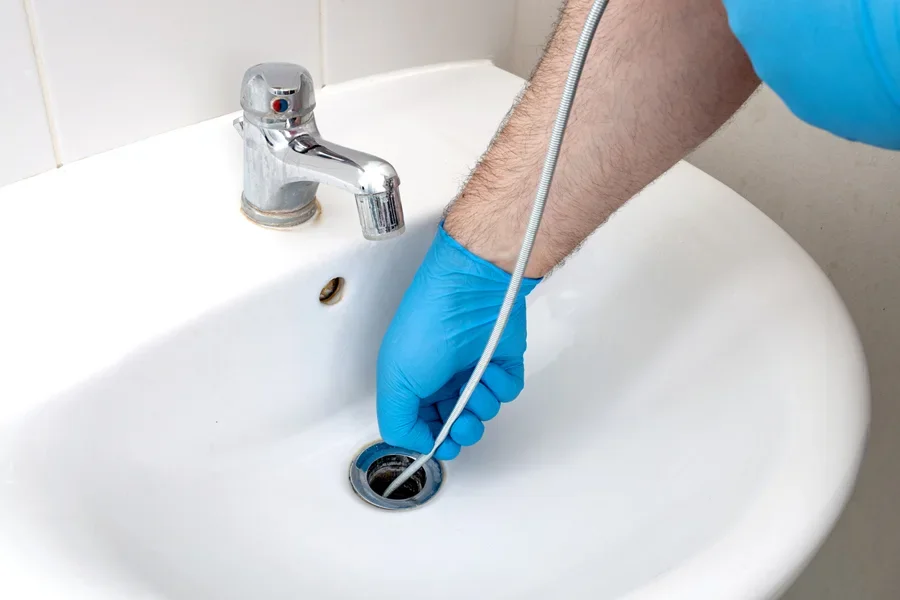
A drain snake is a very popular tool that’s designed to remove tough clogs in the drains. It’s used when chemical cleaners and plungers can’t reach the problem, making it a practical and reusable solution that works on all types of sinks, as well as toilets if necessary.
Using a drain snake is a straightforward process. The flexible, coiled metal wire is pushed down the drain, and its flexibility allows it to twist through the plumbing without any problems. Once it reaches the blockage, it can be rotated to pull out the debris or hair that’s built up. Many models feature a rotating handle that allows for better precision, and some also have a hook on the end to grip the blockage more effectively.
Plungers
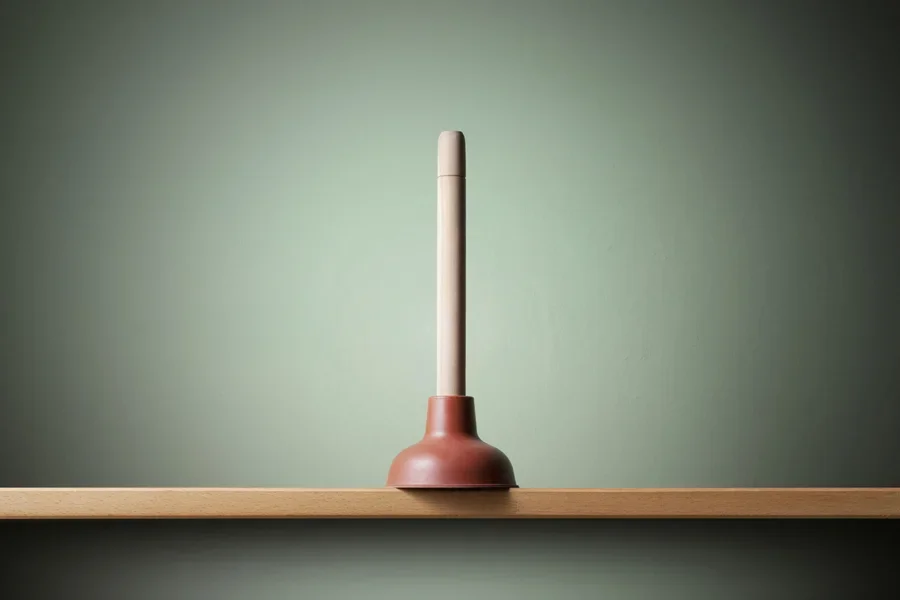
Using a plunger is the most common method for unclogging a drain. It’s designed to create suction when pressed down, and this pressure helps dislodge any blockages in the drain. A seal is formed over the opening of the drain, and by using forceful up-and-down motions, the plunger moves the water back and forth through the pipe.
This is an ideal method for recent blockages or those that aren’t severe enough to need a drain snake or plumber. Flange plungers are the best option for toilets, as they feature an extended rubber lip, whereas cup plungers are designed primarily for tubs and sinks. The positive aspect of using plungers is that they don’t require any harsh chemicals and are easy to use for everyone.
Drain cleaners
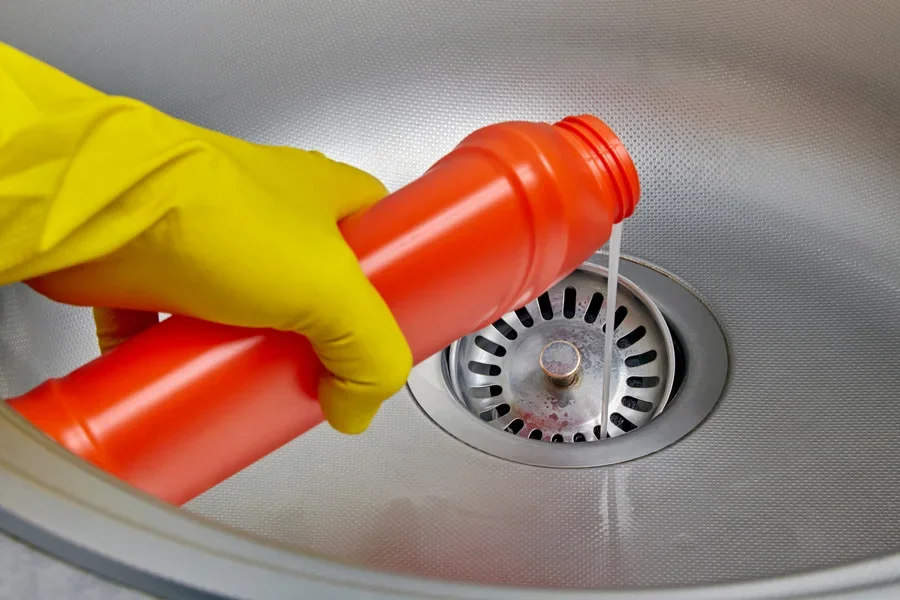
Drain cleaners, also referred to as enzymatic solutions, are designed to clear pipes that have slow drainage problems by dissolving the clogs. Chemical drain cleaners work by using powerful ingredients, such as sulfuric acid and sodium hydroxide, to break down debris, grease, and organic matter. The downside to using these harsh cleaners is that they can hurt older pipes; therefore, they should only be used when necessary and not too frequently.
Enzyme-based drain cleaners are another popular solution that uses natural bacteria to break down the organic buildup. These cleaners are considered safer, making them perfect for regular drain and pipe maintenance.
Both products can be applied in the same way. Simply pour the product down the drain and let it sit for a while before flushing it away with hot water. These cleaners are convenient to use for everyone, but they won’t be very effective on severe blockages, so it’s always good to have other drain clog removers on hand as well.
Final thoughts
The best drain clog remover tool will depend on the type of blockage and its severity. In some cases, simply using hot water or a mixture of baking soda and vinegar will do the trick. Plungers are a necessity for every home, as they can be used on sinks, showers, tubs, and toilets to get the job done. The use of drain cleaners is also popular for breaking down moderate blockages. However, for the toughest clogs, using a drain snake is the most effective. If all of these fail, a plumber should be called; however, these drain clog remover tools are very popular products to have in the household, as they can easily be used to help solve minor to moderate drainage problems.
